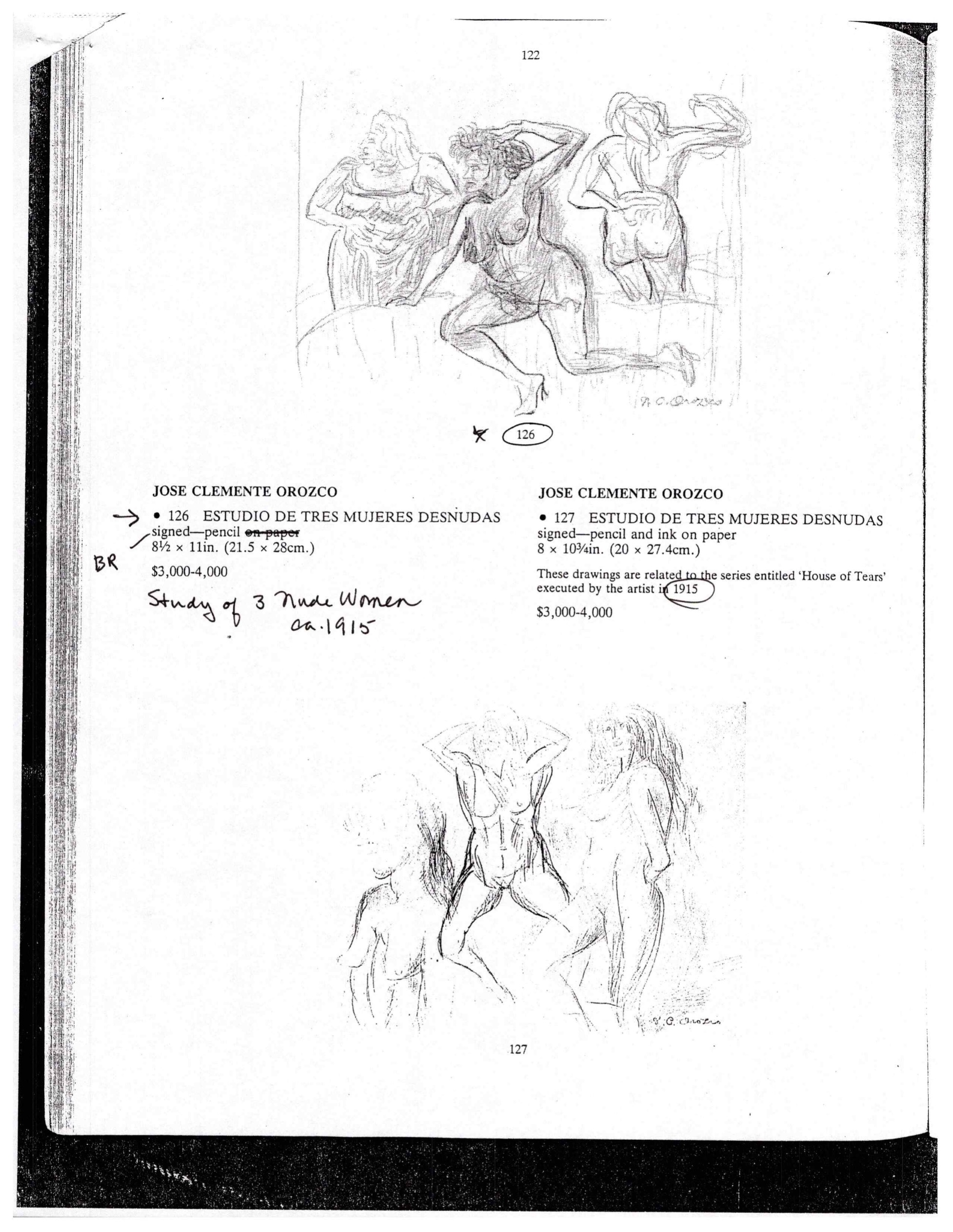


Twenty years ago, a small, slightly awkward, middle-aged man named Mark Landis walked into the Carlos Museum to meet with our director. He was carrying a drawing (2006.52.1) he had acquired from Christie’s during his days as an art dealer, which he now wished to donate in honor of his late father, Navy Lieutenant Commander Arthur Landis, Jr. Landis left the drawing at the museum for consideration as a gift and returned home to Hattiesburg, Mississippi.
We mailed Landis a standard Receipt of Deposit. The paperwork was signed and returned along with a copy of the Christie’s catalogue page for the drawing. Before the final paperwork could be sent out, Hurricane Katrina hit the Gulf Coast. Wanting to give the region time to recover, the Carlos held off on sending a Deed of Gift. However, we soon received a phone call from Landis asking for his paperwork. This was the last time we ever heard from Mark Landis. The envelope containing his gift paperwork was returned unopened on February 7, 2006. Landis had moved and left no forwarding address.
Honestly, we didn’t think much of it. We encounter all kinds of characters in the museum world, and vanishing donors are not uncommon. In 2006, the Carlos made the decision to accession the work based on previous communications with Landis about his intentions. We all just went on with our lives.
In the meantime, Mark Landis continued to donate works to museums across the country. Occasionally, he used his own name, but he also used other names like James Brantley and Father Arthur Scott. Some museums were told the works were inherited by Landis from his deceased sister Emily… In reality, Landis never had a sister. His activities went largely unnoticed until 2010, when Landis tried to donate a painting to a Louisiana museum that was ultimately proven to be a forgery. That same year, The Art Newspaper wrote an article that exposed the story to a national audience.
Mark Augustus Landis was born in Norfolk, Virginia, in 1955. He was the only child of Jonita and Arthur Landis, Jr., who was indeed a Naval officer. After stints in Europe and Asia, the family returned to the US in 1968 and settled in Jackson, Mississippi. Tragedy struck a few years later when Arthur died of cancer in 1972. Landis’s life began to seriously unravel at this point, and he spent 18 months in a psychiatric hospital. Around 1985, Mark found a new coping mechanism—forging artworks and donating them to museums. His “philanthropic binges,” as he called them, went on for more than 25 years, and he donated works to more than 50 institutions.
Despite the number of forgeries Landis is known to have produced, he was never arrested or charged with a crime. Landis donated his forgeries to museums. No money changed hands, and he didn’t take a single tax write-off on his donations. While Landis was a liar, he was not, legally speaking, a criminal—he had broken no laws.
It’s hard to say for sure what motivated Mark Landis. Some people think he liked being mischievous and pulling the wool over the eyes of experts in the art world. There very well may be some truth in that. But watching interviews with Landis, you can’t help but think there’s more than just that. He said that people were nice to him when he donated art. There’s an air of a lost child who misses his parents about him. Or maybe, that’s part of his con as well.




